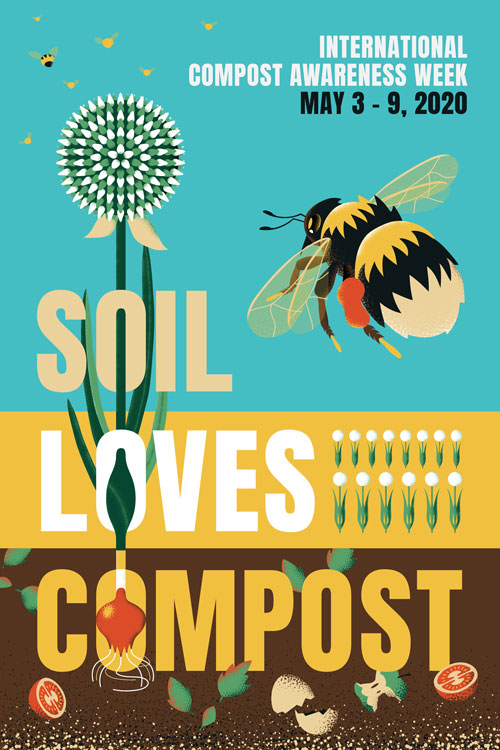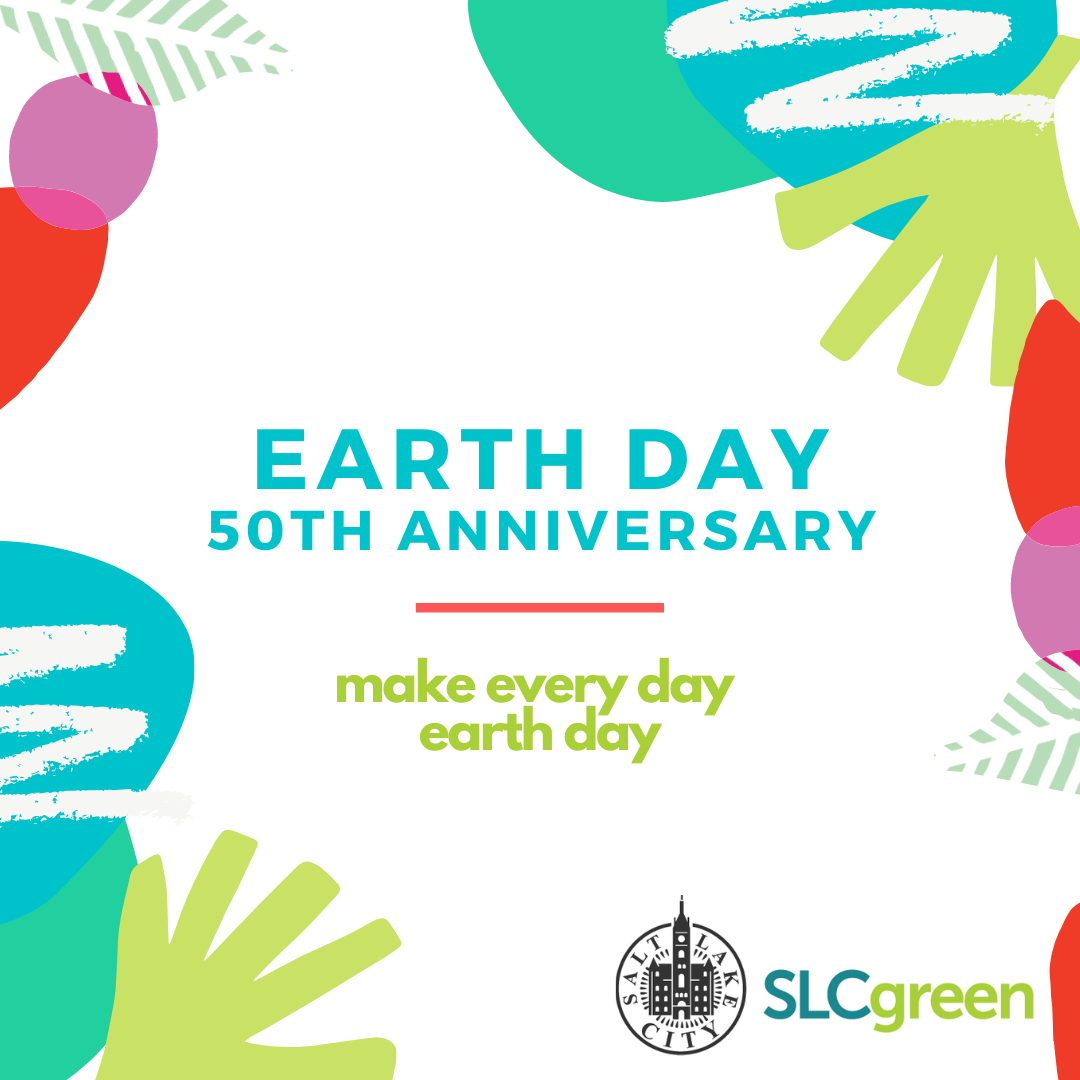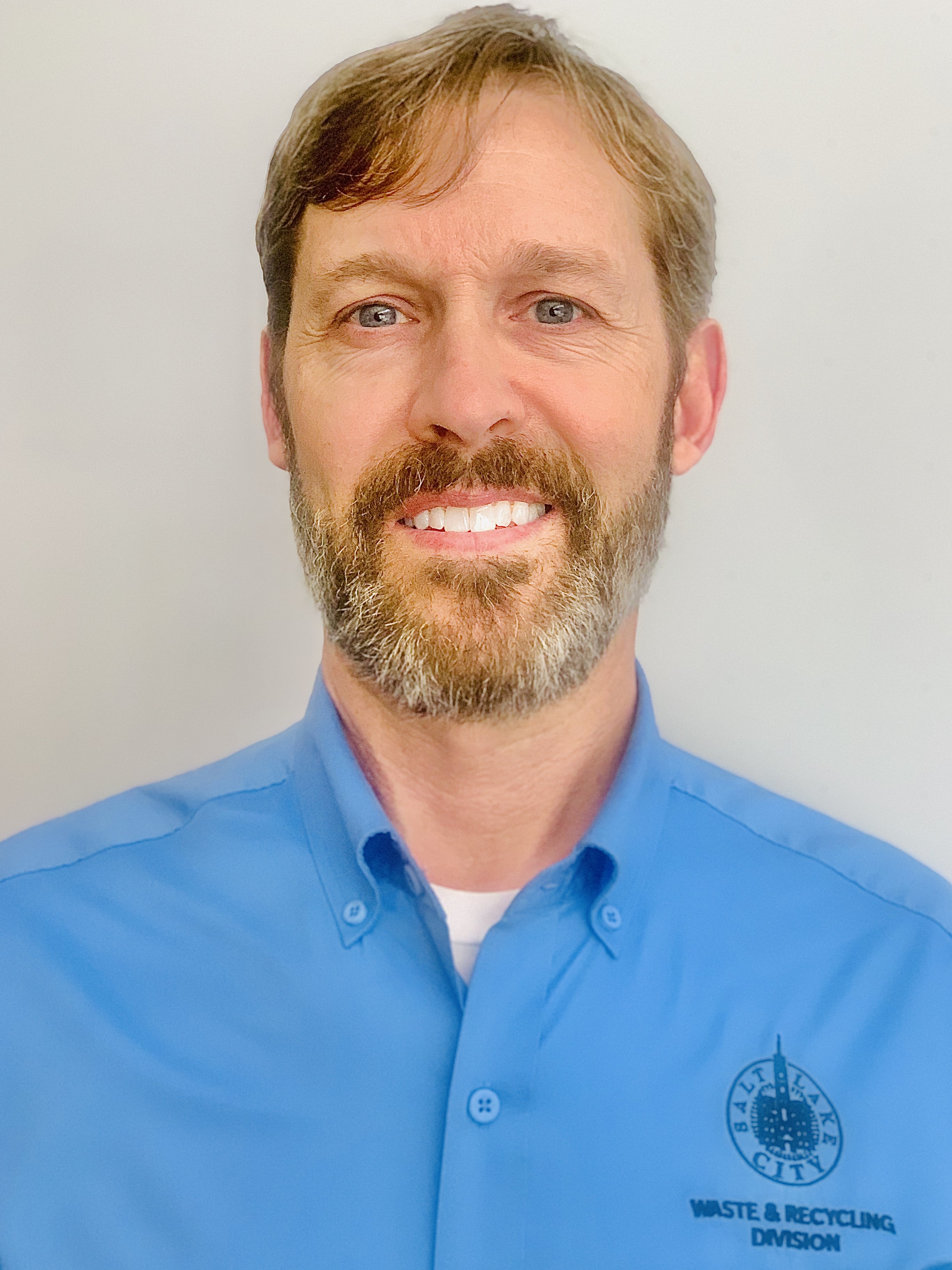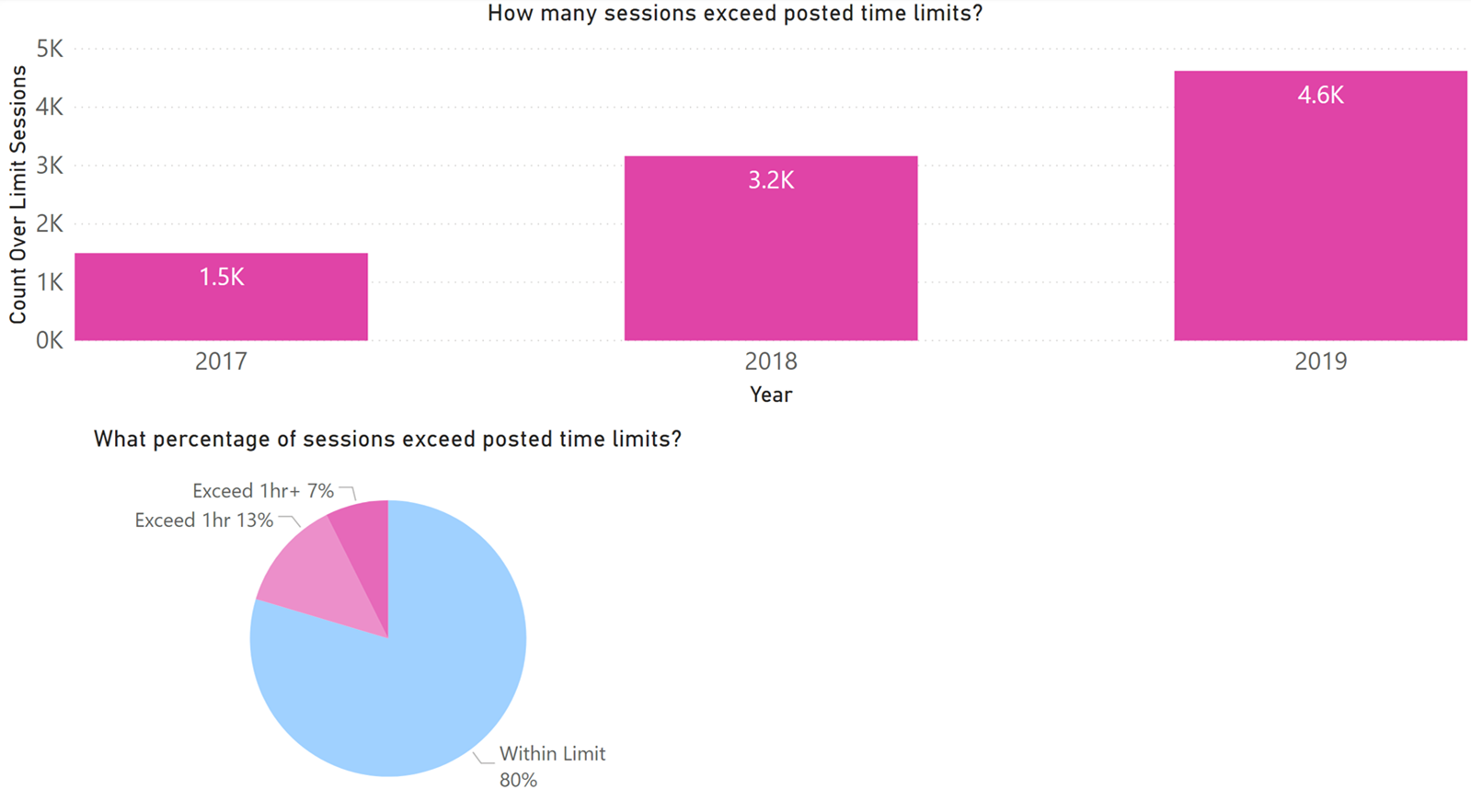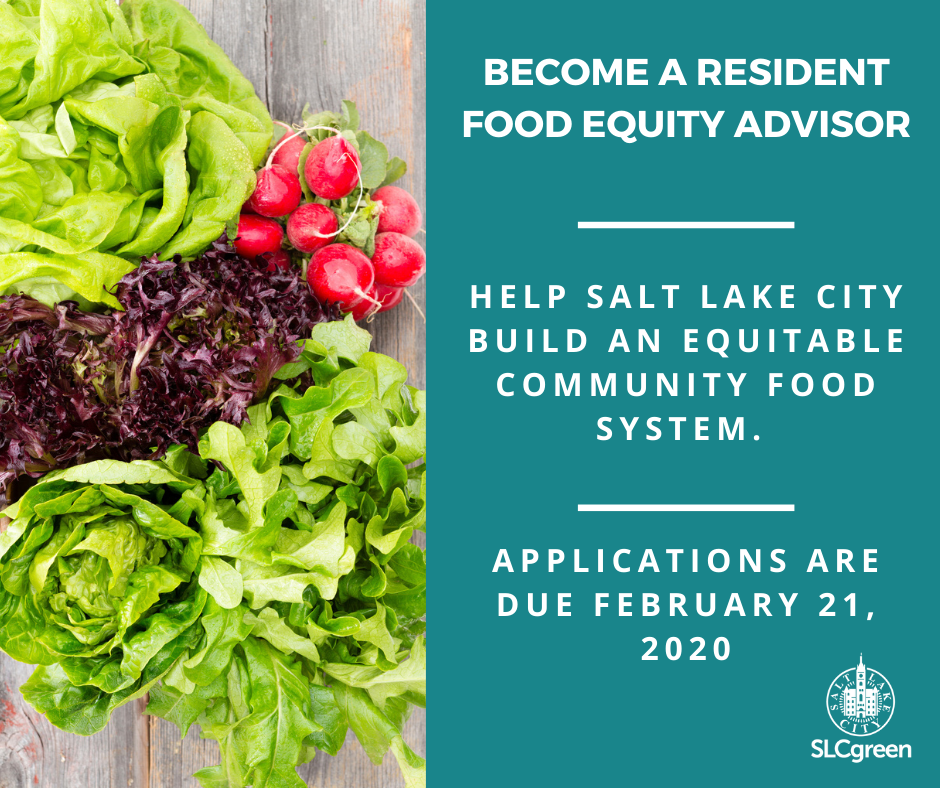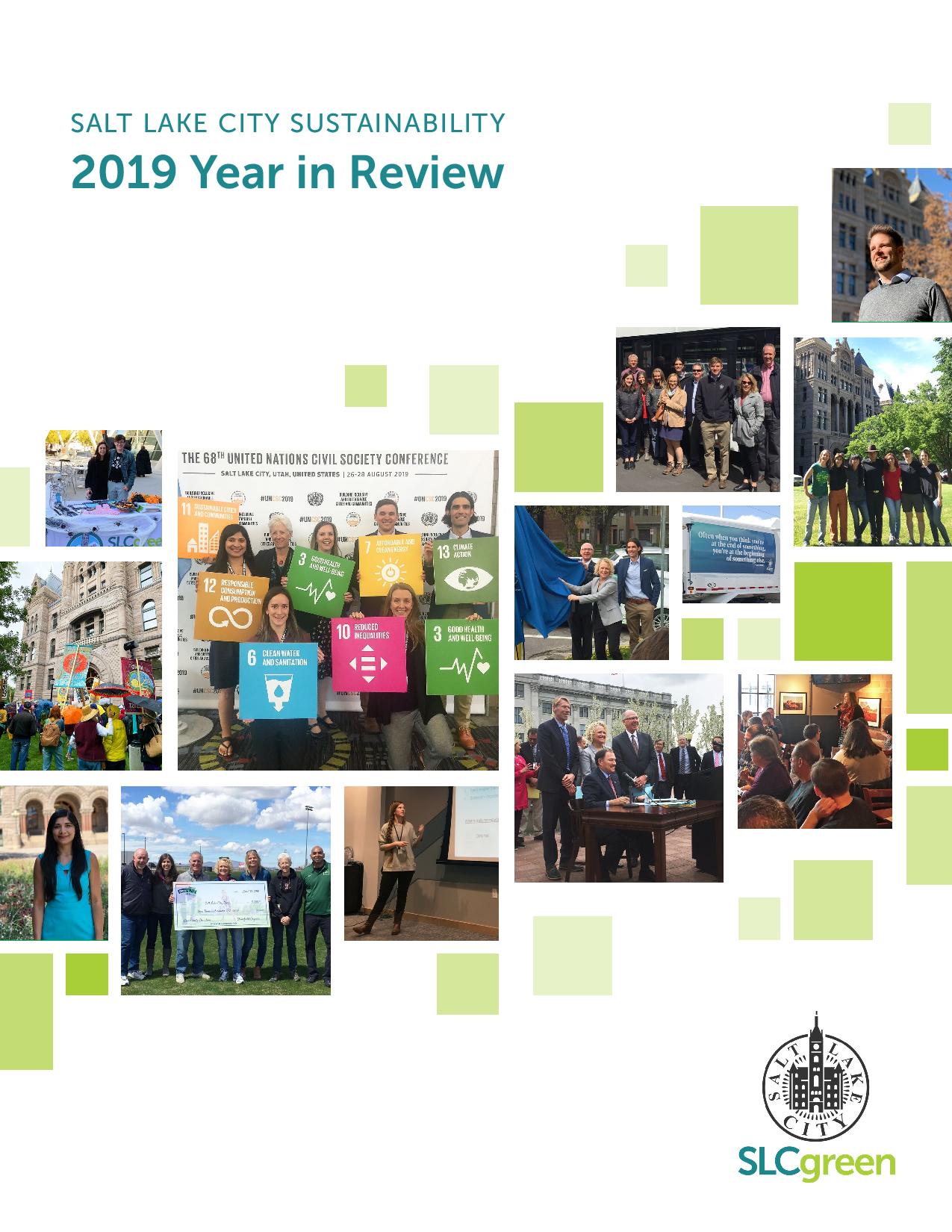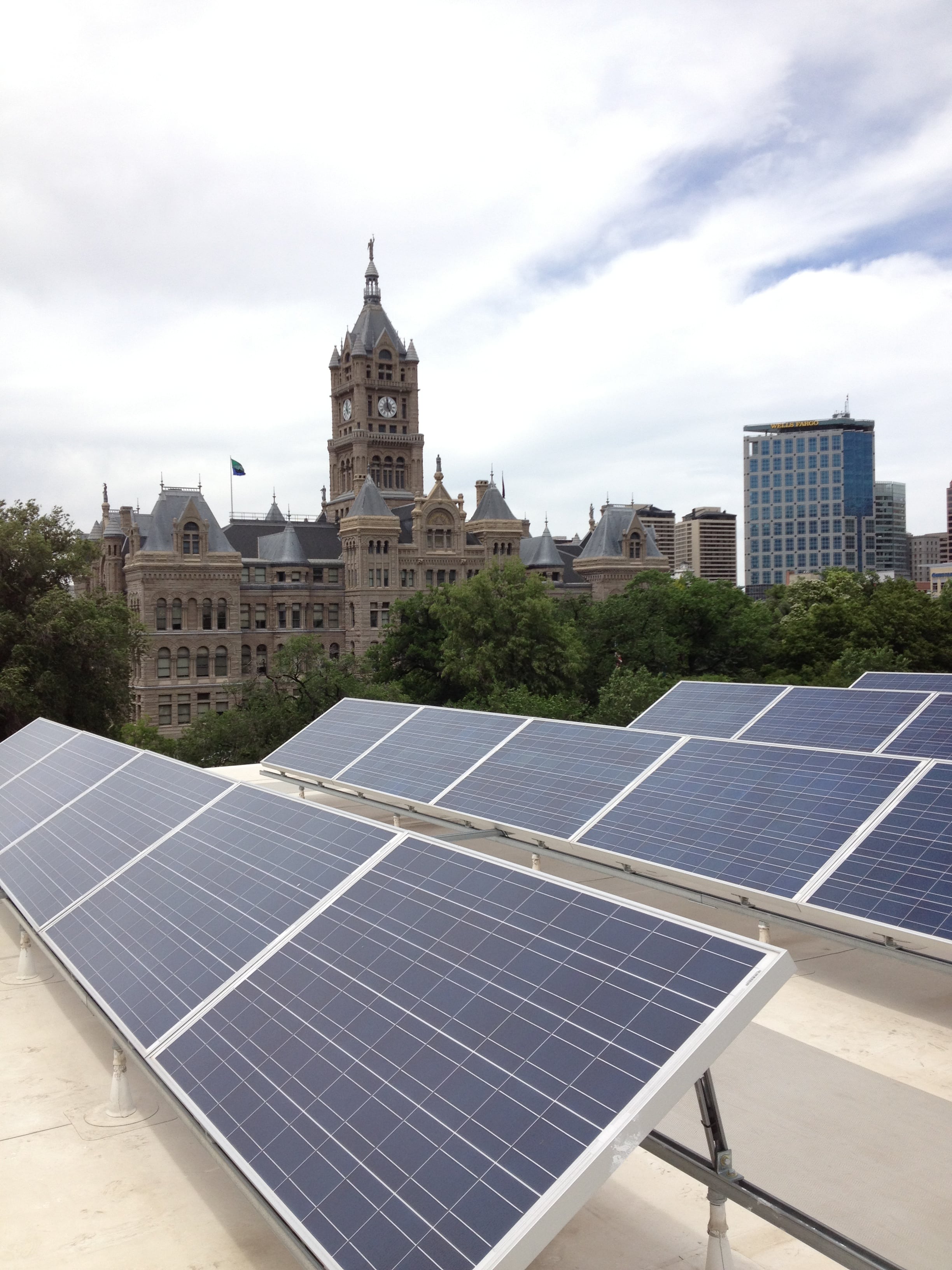
Dear friends,
We send our love to all of you. The events of the last few weeks have been a difficult and trying time for our country, our community, and our city.
We want to take this moment to acknowledge the profound injustice of black lives lost to white supremacy and police brutality across the country. We stand with the movement to bring greater justice to our entire community. Black lives matter.
Those of us who work in Salt Lake City government have felt so many emotions as we collectively work towards a community that is stronger, more equitable, more inclusive, and more responsive to you—our residents. We are working to ensure we are hearing all voices.
As the Sustainability Department, we’d also like to share our thoughts on the role we play in advancing equity within the City and our community.
We define “sustainability” as the balance between environmental, societal, economic, and equity needs. While “sustainability” is often thought of as only an “environmental” movement (and for much of its history it has been), we believe true sustainability prioritizes a healthy society in all of the ways that comes about.
Sustainability also means not jeopardizing our community’s future well-being over decisions we make in the present. And we’d also add: “over decisions that were made in the past.”
Many people are having conversations about what racism means in America in 2020. It’s impossible to discuss that without looking to our nation’s past.
Historical racism informed structures, policies, and attitudes that continue to affect our society to this day, including our environment and health.
In our work, the connection between environmental health and equity is pretty clear. When we talk about reducing air pollution, we’re not just talking about clearing our skies so we can see the mountains. We’re recognizing that communities of color are disproportionately affected by air pollution, even in Salt Lake City.
We’re looking at health indicators that are worse in minority communities that make them more susceptible to air pollution, while at the same time, many are exposed to air pollution at higher amounts because of where they live (near industry, near highways, and by working in professions that increases exposure). There are also barriers to information, to health care, and to so many other resources that make these factors worse. So our efforts to reduce “air pollution,” also must mean addressing these inequities in all of the ways we can.
It’s similar with climate change. Of course, we know that temperatures are increasing everywhere, but they are rising more in areas with more concrete and fewer trees. We’re also looking at those who don’t have adequate home cooling, or who work outside, or who have underlying health conditions that make them more susceptible to heat. We’re looking at the way that climate change and higher temperatures increases ozone pollution and wildfire smoke and the spread of new diseases. As we’ve seen with coronavirus, these health impacts hit our most vulnerable first. And our minority communities are often on the frontline, due to many structural factors and decades of systemic racism.
These are global issues, but the impact is local.
Food access is another important area of focus for our department. Eating healthy, fresh food is not something that should be reserved for the privileged. But those who struggle in getting enough to eat, and in eating healthy foods are often poor and are often people of color. This is also a structural challenge we are confronting every day.
Please know that we are dedicated to advancing equity and racial justice at the forefront of all the sustainability work we do. This includes actively listening and involving the people in our work who are most impacted. At the same time, we recognize that sustainability has been dominated by white bodies and white privilege. We are at the center of government and it’s a reminder of how much further we have to go. We too are practicing and learning what anti-racism means.
We’re humbled to continue the conversation and are grateful for your feedback.

